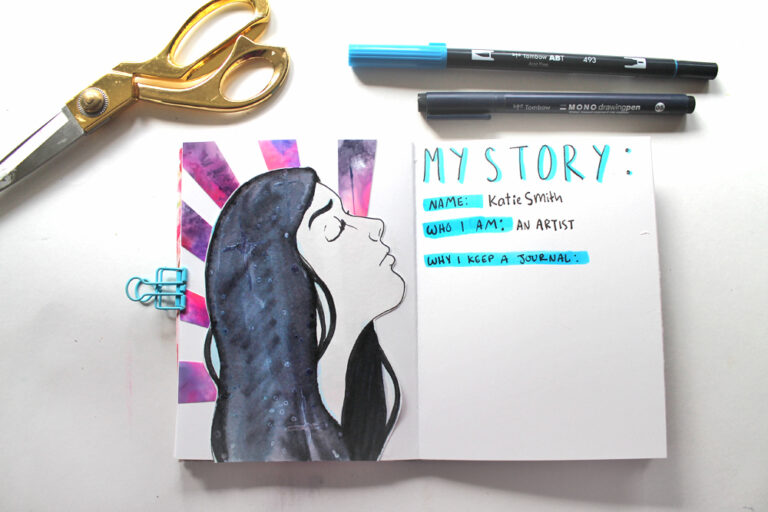Moonstone, with its ethereal glow and captivating beauty, has been revered for centuries as a symbol of mystery and magic. This mesmerizing gemstone has captured the hearts of many with its unique optical phenomena and enchanting colors. From ancient legends to modern metaphysical beliefs, moonstone has held a special place in human history and continues to fascinate us with its alluring charm. In this blog post, we will take a journey through the world of moonstone, exploring its rich history, scientific properties, and mystical significance.
Moonstone: A Gemstone Steeped in Legends and Lore
Moonstone has been associated with various myths and legends throughout different cultures. In ancient Rome, it was believed that moonstone was formed from solidified rays of moonlight. The Greeks also attributed the stone’s shimmering appearance to the moon goddess Selene, who they believed could bring love, fertility, and good fortune to those who wore moonstone.
In Hindu mythology, moonstone is considered a sacred stone that is believed to be created from the moonbeams that fell on earth. It is often used in traditional Indian jewelry and is thought to bring harmony and balance to the wearer’s life.
In Native American folklore, moonstone is known as the “traveler’s stone” and is believed to protect travelers on their journeys. It is also said to enhance intuition and psychic abilities, making it a popular stone among shamans and healers.
The Legend of the Rainbow Moonstone
One of the most famous types of moonstone is the rainbow moonstone, which displays a stunning play of colors when viewed from different angles. According to legend, this type of moonstone was created by the tears of the moon goddess after she saw the suffering of mortals on earth. The tears turned into moonstone and were scattered across the land, bringing hope and healing to those who found them.
The Science Behind the Magic: Understanding the Optical Phenomena of Moonstone
Moonstone’s enchanting appearance is due to its unique optical phenomena known as adularescence. This phenomenon is caused by light scattering within the stone’s microstructure, creating a shimmering effect that resembles the glow of the moon. Adularescence is also responsible for the stone’s characteristic blue sheen, which moves and changes as the stone is viewed from different angles.
Another optical phenomenon found in moonstone is called chatoyancy, also known as the “cat’s eye effect.” This occurs when light reflects off parallel mineral fibers within the stone, creating a bright line that appears to move across the surface of the stone.
The Role of Feldspar in Moonstone’s Optical Properties
Moonstone belongs to the feldspar mineral group, which is composed of silicate minerals that make up about 60% of the Earth’s crust. The unique structure of feldspar is what gives moonstone its distinct optical properties. The layers of feldspar crystals within the stone act as a diffraction grating, causing light to scatter and create the mesmerizing play of colors.
Moonstone’s Varied Colors and Origins: A Spectrum of Beauty
While moonstone is commonly associated with its signature blue sheen, it actually comes in a variety of colors, each with its own unique properties and origins.
- Blue Moonstone: This is the most common type of moonstone and is found in Sri Lanka, India, and Australia. It is believed to enhance intuition and psychic abilities, making it a popular stone for spiritual practitioners.
- Peach Moonstone: This type of moonstone is known for its peachy-pink color and is found in Madagascar, Brazil, and the United States. It is said to promote emotional balance and is often used in meditation and healing practices.
- Rainbow Moonstone: As mentioned earlier, rainbow moonstone displays a stunning play of colors and is found in Sri Lanka, India, and Australia. It is believed to bring joy and happiness to the wearer and is often associated with feminine energy.
- Black Moonstone: This rare type of moonstone is found in Madagascar and is known for its dark, almost black color. It is said to have powerful grounding properties and is often used for protection and stability.
Unlocking the Metaphysical Properties of Moonstone: A Talisman for Emotional Well-being
In addition to its physical beauty, moonstone is also highly valued for its metaphysical properties. It is believed to have a calming and soothing effect on the mind, making it an ideal stone for those struggling with anxiety, stress, or emotional turmoil. Moonstone is also thought to enhance intuition and psychic abilities, making it a popular stone for spiritual practitioners and those seeking a deeper connection with their inner selves.
Healing Properties of Moonstone
Moonstone is often used in crystal healing to promote emotional well-being and balance. It is believed to have a gentle, nurturing energy that can help alleviate feelings of fear, anger, and sadness. Moonstone is also thought to be beneficial for women’s health, particularly during pregnancy and childbirth. It is said to ease hormonal imbalances and promote fertility and healthy pregnancies.
Moonstone and Its Connection to the Moon: A Celestial Symphony
As its name suggests, moonstone has a strong connection to the moon and is often associated with lunar energy and cycles. In ancient times, moonstone was believed to be a tangible representation of the moon’s divine energy, making it a powerful talisman for protection and guidance.
The Influence of the Moon on Moonstone
The moon has a significant impact on the formation and properties of moonstone. As the moon goes through its phases, the energy and vibrations of moonstone also change. During a full moon, moonstone is said to be at its most powerful, making it an ideal time to charge and cleanse the stone’s energy.
Exploring Moonstone’s Historical Significance: Adornment and Inspiration
Moonstone has been used for adornment and decoration since ancient times. In India, it was often set in gold and worn as a talisman to bring good fortune and prosperity. In Europe, moonstone was popular during the Art Nouveau movement, with many artists incorporating the stone into their jewelry designs.
Famous Moonstone Jewelry Pieces
One of the most famous moonstone jewelry pieces is the “Moonstone Tiara,” worn by Queen Elizabeth II on her wedding day in 1947. The tiara features a large cabochon moonstone surrounded by diamonds and pearls, symbolizing purity and femininity.
Another notable piece is the “Moonstone Necklace” worn by actress Audrey Hepburn in the film “Breakfast at Tiffany’s.” The necklace features a large moonstone pendant surrounded by diamonds, adding a touch of elegance and mystique to Hepburn’s iconic look.
Mining and Extraction of Moonstone: Delving into the Earth’s Treasures
Moonstone is primarily found in igneous and metamorphic rocks, such as granite and gneiss. It is often mined from alluvial deposits, where the stones are washed down from their original source and collected in riverbeds. Sri Lanka, India, and Madagascar are the main sources of moonstone, with smaller deposits found in Australia, Brazil, and the United States.
Ethical Mining Practices
As with any gemstone, there are concerns about the ethical sourcing of moonstone. Some mines may use exploitative labor practices or damage the environment during the extraction process. However, there are organizations and initiatives working towards promoting fair trade and sustainable mining practices for moonstone and other gemstones.
Caring for Your Moonstone: Preserving Its Beauty and Enhancing Its Energy
To keep your moonstone looking its best, it is essential to take proper care of it. Moonstone has a hardness of 6 on the Mohs scale, making it relatively soft and susceptible to scratches and damage. Here are some tips for caring for your moonstone:
- Avoid exposing your moonstone to harsh chemicals, such as household cleaners or chlorine.
- Remove your moonstone jewelry before engaging in physical activities or using harsh cleaning products.
- Clean your moonstone with a soft cloth and mild soap, avoiding any harsh scrubbing or abrasive materials.
- Store your moonstone separately from other gemstones to prevent scratching.
Charging and Cleansing Your Moonstone
Moonstone is believed to absorb and amplify energy, so it is essential to regularly cleanse and charge the stone to maintain its positive properties. You can do this by placing your moonstone under the light of the full moon or by burying it in the earth overnight. You can also use other cleansing methods, such as smudging with sage or using sound vibrations.
Moonstone: A Reflection of Lunar Elegance and Earthy Charm
In conclusion, moonstone is a truly enchanting gemstone that has captured our imagination for centuries. From its rich history and legends to its unique optical properties and metaphysical properties, moonstone continues to fascinate us with its beauty and mystery. Whether you wear it as a fashion statement or as a talisman for emotional well-being, moonstone is a gemstone that will always hold a special place in our hearts and minds. So next time you gaze upon the shimmering glow of a moonstone, remember the magical journey it has taken to reach your hands.



















+ There are no comments
Add yours